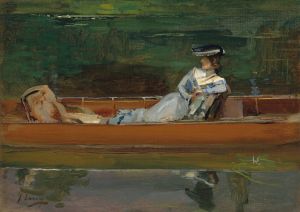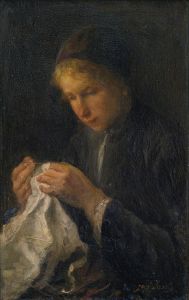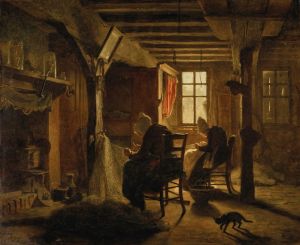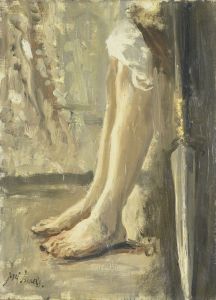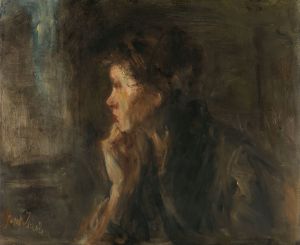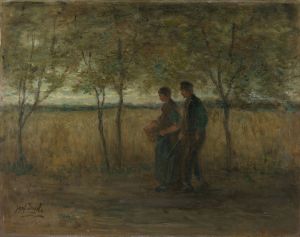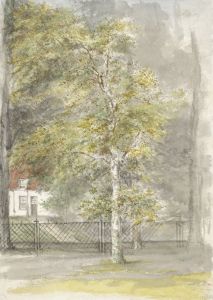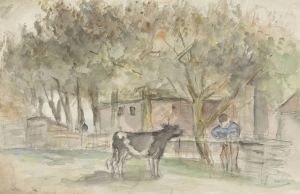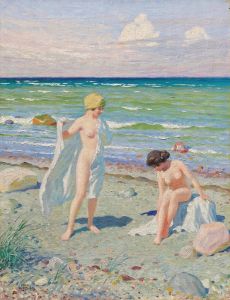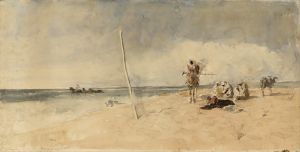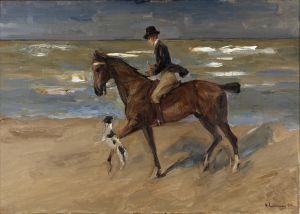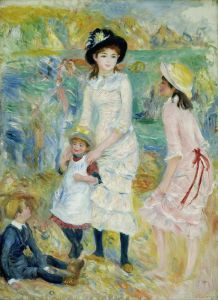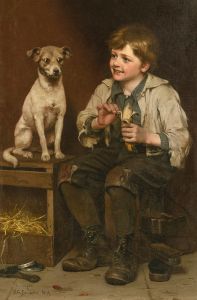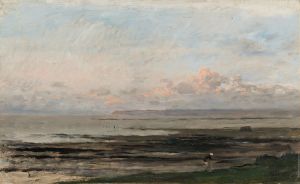
Kinderen spelend aan het strand
A hand-painted replica of Jozef Israëls’s masterpiece Kinderen spelend aan het strand, meticulously crafted by professional artists to capture the true essence of the original. Each piece is created with museum-quality canvas and rare mineral pigments, carefully painted by experienced artists with delicate brushstrokes and rich, layered colors to perfectly recreate the texture of the original artwork. Unlike machine-printed reproductions, this hand-painted version brings the painting to life, infused with the artist’s emotions and skill in every stroke. Whether for personal collection or home decoration, it instantly elevates the artistic atmosphere of any space.
"Kinderen spelend aan het strand" (Children Playing on the Beach) is a painting by the renowned Dutch artist Jozef Israëls, a leading figure of the Hague School, a group of artists who were active in the Netherlands during the late 19th century. The painting exemplifies Israëls' skill in capturing the everyday life and emotions of ordinary people, a hallmark of his work.
Jozef Israëls was born on January 27, 1824, in Groningen, Netherlands. He initially studied art in Amsterdam and later in Paris, where he was influenced by the Realist movement, particularly the works of artists like Jean-François Millet. Upon returning to the Netherlands, Israëls became associated with the Hague School, which was known for its realistic portrayal of rural and coastal life, often with a somber or melancholic tone.
"Kinderen spelend aan het strand" is a fine example of Israëls' ability to depict the simplicity and innocence of childhood. The painting portrays a group of children engaged in play on a beach, a common theme in Israëls' work that reflects his interest in the lives of fishermen and their families. The setting is likely inspired by the Dutch coast, where Israëls spent considerable time observing and sketching the local communities.
The composition of the painting is characterized by its muted color palette and attention to detail, which are typical of the Hague School's style. Israëls uses soft, earthy tones to convey the natural environment and the gentle light of the seaside. The children's figures are rendered with a sense of movement and spontaneity, capturing the joy and freedom of their play. Israëls' brushwork is both delicate and expressive, allowing him to convey the textures of the sand, water, and sky with great subtlety.
Israëls' work often carries an underlying narrative or emotional depth, and "Kinderen spelend aan het strand" is no exception. While the scene is one of carefree play, there is also a sense of transience and nostalgia, as the children are depicted against the vast, unchanging backdrop of the sea. This juxtaposition of the ephemeral and the eternal is a recurring theme in Israëls' art, reflecting his philosophical outlook on life.
Throughout his career, Jozef Israëls received numerous accolades and was highly regarded both in the Netherlands and internationally. His paintings were exhibited widely, and he was a member of several prestigious art academies. Israëls' influence extended beyond his own work, as he played a significant role in the development of Dutch art in the late 19th and early 20th centuries.
"Kinderen spelend aan het strand" remains an important work within Israëls' oeuvre, exemplifying his mastery of genre painting and his ability to evoke emotion through everyday scenes. The painting continues to be appreciated for its artistic merit and its insight into the human condition, resonating with audiences who find beauty and meaning in the simplicity of life.
Jozef Israëls passed away on August 12, 1911, in The Hague, leaving behind a legacy as one of the most significant Dutch painters of his time. His works, including "Kinderen spelend aan het strand," continue to be celebrated for their technical excellence and their poignant portrayal of humanity.





